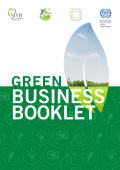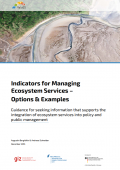
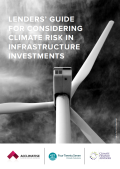
This Lenders’ Guide for Considering Climate Risk in Infrastructure Investments discusses the acute and chronic impacts of climate change on infrastructure, and the associated risks and liability for infrastructure investors.
The guide includes ten “snapshots” or summaries of climate hazards and risks for the infrastructure sub-industries of: Airports; Marine Ports...
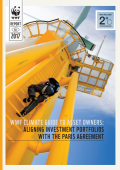
With this Climate Guide to Asset Owners, WWF tries to support asset owners and show how they can align their investments with the objectives set in the Paris Climate Change Agreement (‘Paris Agreement’).
This document is structured to assist asset owners in their efforts to address climate change. It...
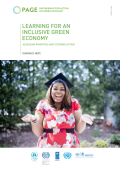

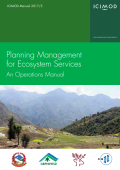
This Operations Manual Planning Management for Ecosystem Services provides a practical method for including ecosystem management in sustainable development planning and implementation at the site and landscape levels and present’s six steps for planning management for ecosystem services. It is primarily designed to support the work of ICIMOD and its...
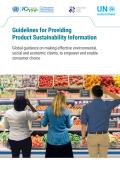
The Guidelines for Providing Product Sustainability Information offer value chain and public sector professionals clear guidance on making effective, trustworthy claims to consumers, on product-related sustainability information. They are applicable to all regions and companies of all sizes.
Sustainable products are a growing business opportunity, especially for emerging and developing...
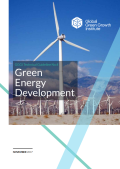
The Green Energy Development Technical Guidelines are developed to assist member countries in developing strategic green energy development plans and implementation road maps at every stage of the GGGI value chain. They serve as reference for government officials of GGGI member countries, GGGI staffs and consultants, development partners, and relevant...
